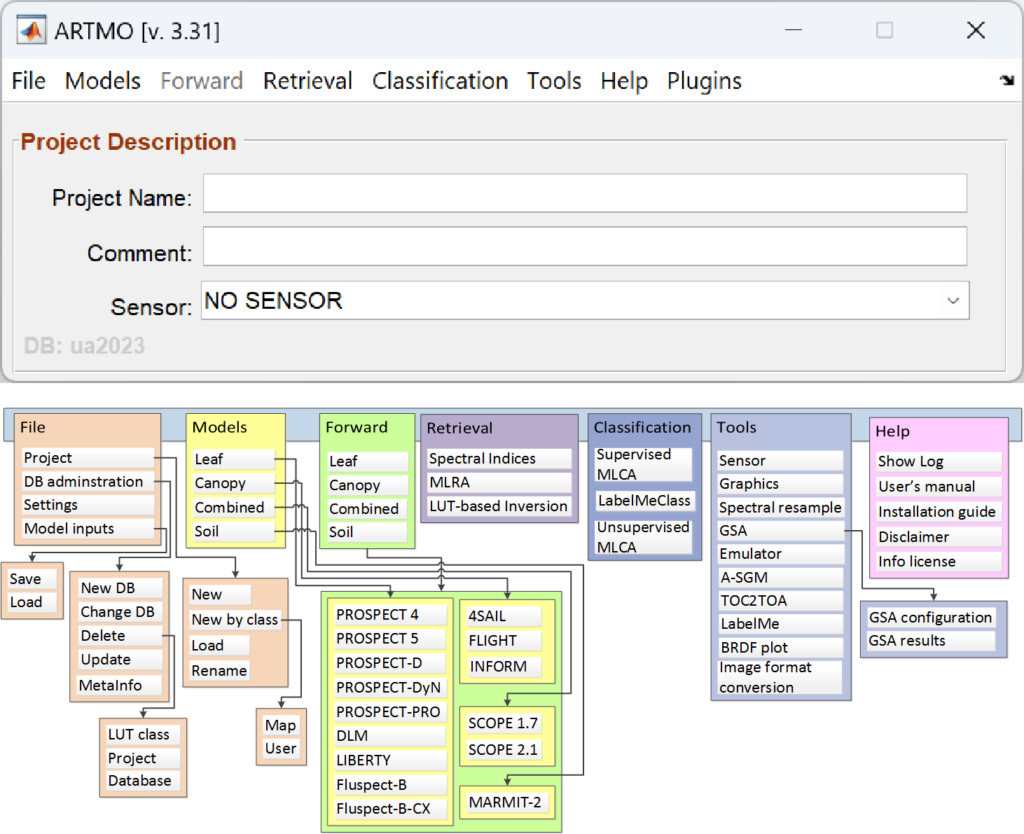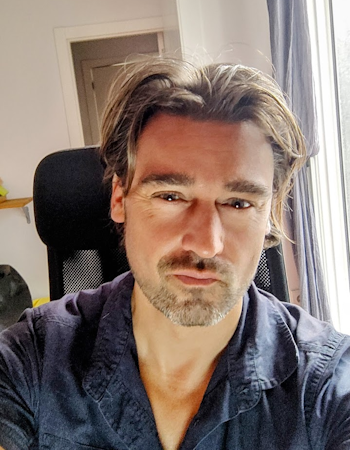The ARTMO toolbox: The ARTMO toolbox for analyzing and processing hyperspectral data.

Tutor: Dr. Jochem Verrelst (Universitat de Valéncia, Spain)
Time: 4 hours
Tutorial description: This tutorial will focus on the use of ARTMO’s (Automated Radiative Transfer Models Operator) radiative transfer models (RTMs), retrieval toolboxes, and post-processing tools (https://artmotoolbox.com/) for the generation and interpretation of hyperspectral data. ARTMO brings together a diverse collection of leaf, canopy, and atmosphere RTMs into a synchronized, user-friendly GUI environment. Essential tools are provided to create all kinds of look-up tables (LUT). These LUTs can then subsequently be used for mapping applications based on optical images. A LUT, or user-collected field data, can subsequently be inserted into three types of mapping toolboxes: (1) through parametric regression (e.g., vegetation indices), (2) nonparametric methods (e.g., machine learning methods), or (3) through LUT-based inversion strategies. In each of these toolboxes, various optimization algorithms are provided so that the best-performing strategy can be applied for mapping applications. When coupled with an atmosphere RTM retrieval can take place directly from top-of-atmosphere radiance data.
Further, ARTMO’s RTM post-processing tools include: (1) global sensitivity analysis; (2) emulation, i.e., approximating RTMs through machine learning; and (3) supervised and unsupervised classification toolboxes.
The proposed tutorial will consist of a theoretical session (morning) and a practical session (afternoon), where the following topics will be addressed:
- Basics of leaf, canopy, and atmosphere RTMs: generation of RTM simulations
- Overview of retrieval methods: parametric, nonparametric, inversion, and hybrid methods
- Principles of emulation of hyperspectral data and applications such as global sensitivity analysis and scene generation
In the tutorial, we will learn to work with the ARTMO toolboxes. They provide practical solutions dealing with the abovementioned topics. Step-by-step tutorials, demonstration cases, and demo data will be provided. No prior knowledge is needed; Matlab in Windows is required if you are aiming to try it yourself. In the event that Matlab is not available, students will be asked to team up in small groups.
Presenter information

Dr. Jochem Verrelst received the M.Sc. degree in tropical land use and in geo-information science both in 2005 and the Ph.D. in remote sensing in 2010 from Wageningen University, Wageningen, Netherlands. His dissertation focused on the spaceborne spectrodirectional estimation of forest properties. Since 2010, he moved to the Laboratory of Earth Observation (LEO), Image Processing Laboratory (IPL), University of Valencia, Spain. He has been involved in preparatory activities for ESA’s 8th Earth Explorer FLEX. His research interests include the retrieval of vegetation properties using airborne and satellite optical (hyperspectral) data, canopy radiative transfer modelling and emulation, and hyperspectral data analysis. He is the founder of the ARTMO software package that brings together radiative transfer models and machine learning algorithms. In 2017, he received an ERC Starting Grant to work on the development of vegetation products based on the synergy of FLEX and Sentinel-3 data. During 2018-2022, he was the vice-chair of the COST Action SENSECO which focuses on Optical synergies for spatiotemporal SENsing of Scalable ECOphysiological traits. In 2022, he received an ERC Consolidator Grant to work on the development of photosynthesis products based on the synergy of FLEX and Sentinel-3 data.
